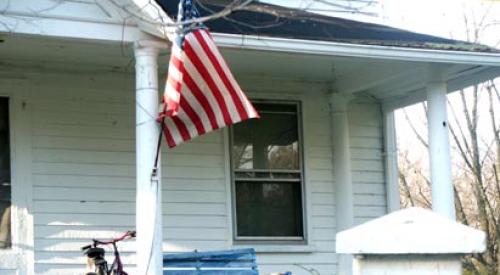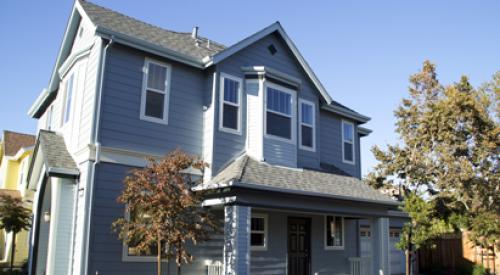In the winter, home prices and sales tend to trend downward, while in summer, they rise. A new study looks at raw sales data to determine the impact of seasonality on the nation's real estate markets.
At the national level, the busiest months for existing home sales are May, June, July and August, while November, December, and January are slowest. By region, the Midwest and Northeast are busier in the peak season than in any other region. The National Association of REALTORS® reports that Midwest existing home sales in the slow season account for 60 percent of sales made in the peak season, whereas in the West, the share is 71 percent.
Since 1999, the National Association of REALTORS® has been releasing the existing home sales activity and prices each month. The statistics are accompanied by announcements which indicate the prior month’s activity: “Total existing-home sales, which are completed transactions that include single-family homes, townhomes, condominiums and co-ops, increased 1.9 percent from October to a seasonally adjusted rate of 5.22 million in November.”
These headline figures are seasonally adjusted figures and are reported in the news. However, using the example above, this was not the actual number of sales in November but the number of sales after adjusting for seasonality.













